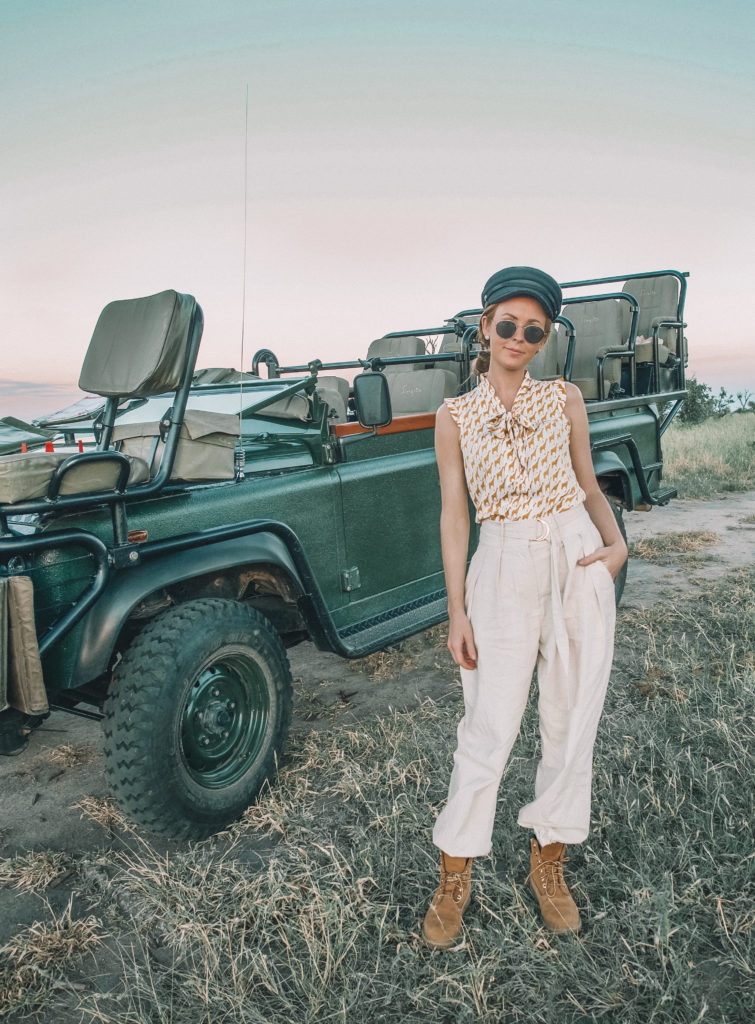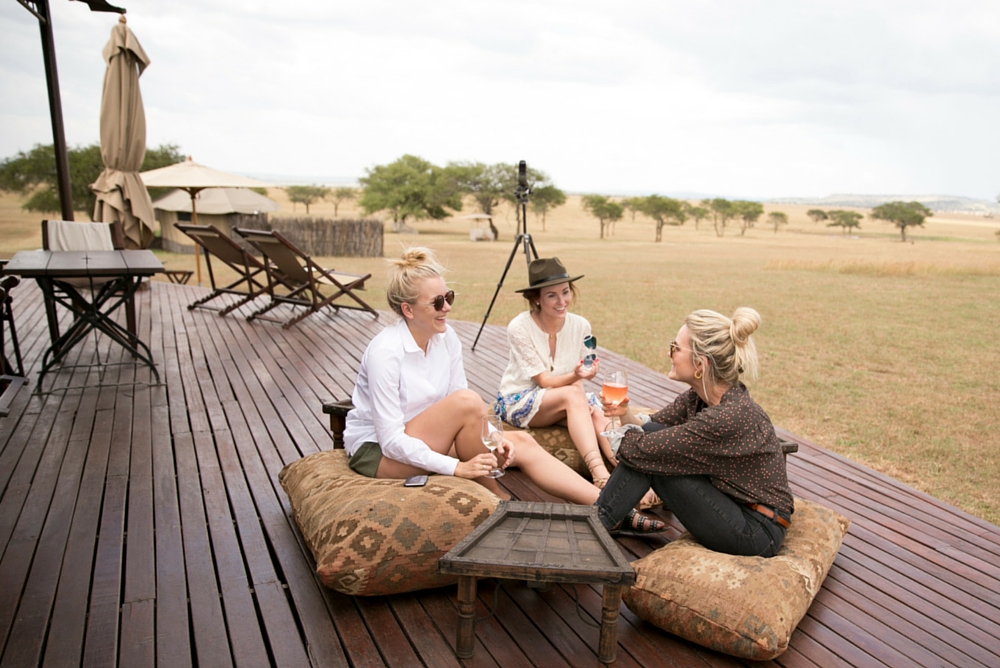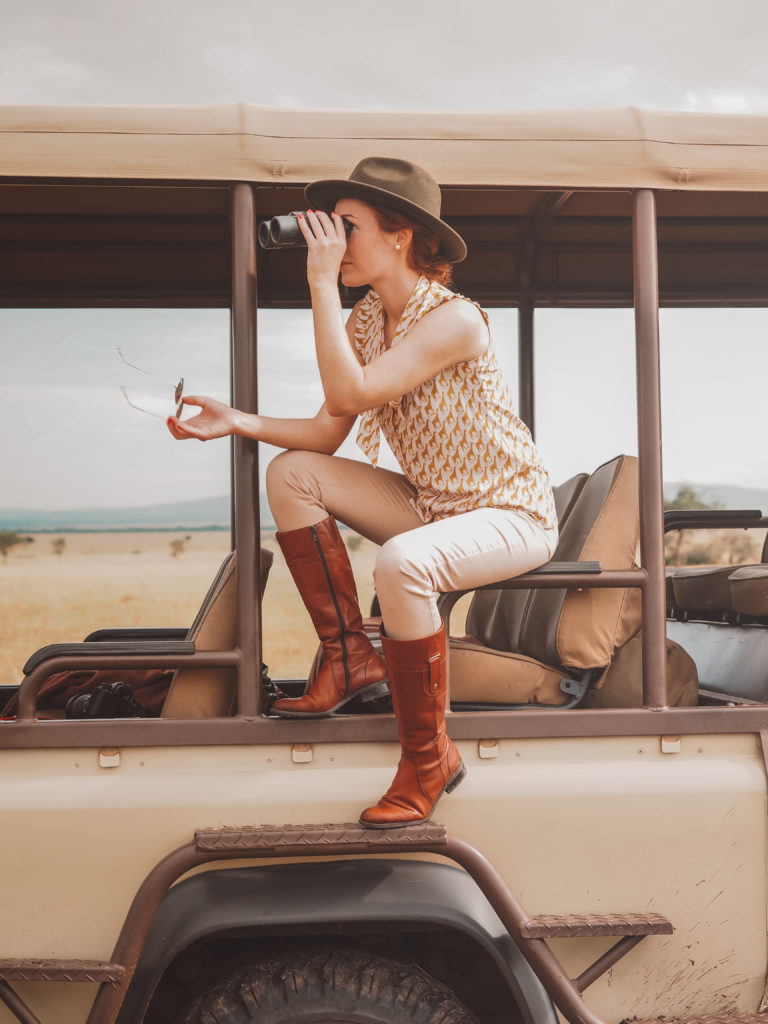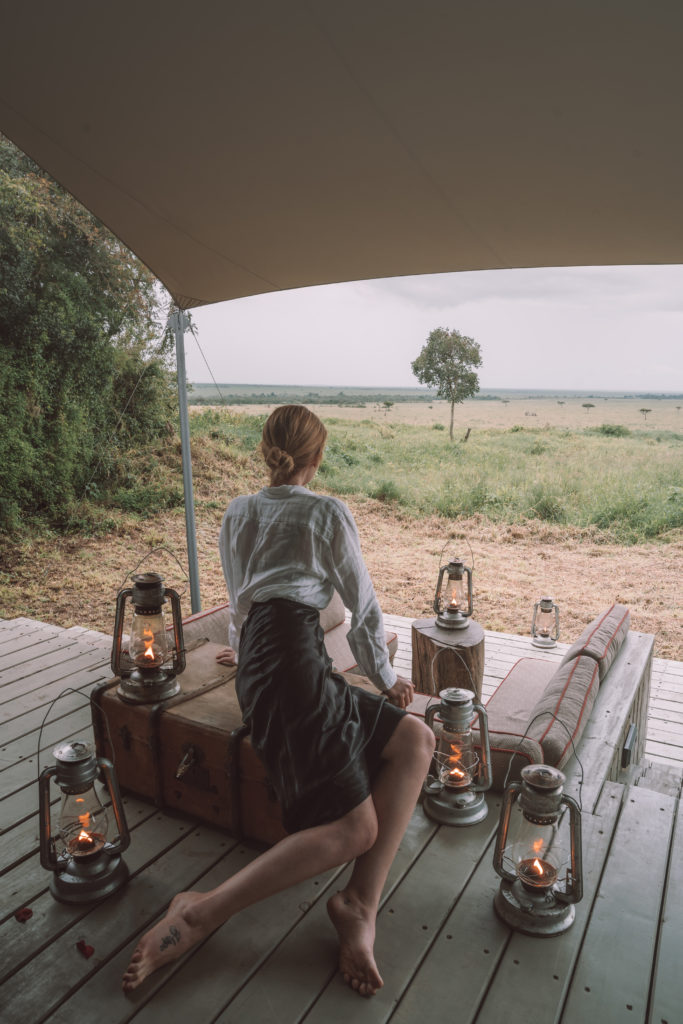Heading out to a fascinating and exhilarating safari journey is a lot of fun. But make no mistake – what you pack can help or hinder your adventure. We’ve created the complete safari packing guide to help you plan your safari escape and be sure you are prepared. So, what are you waiting for?

Safari Packing Guide
Clothing
So you’re looking for a safari packing guide? You’ve come to the right place! The weather on a safari can change in the blink of an eye and changing multiple times during the trip would be a nightmare. However, when packing for your safari, remember that layers are your friend. Mornings can be a bit chilly. Start your layering with a simple T-shirt followed by a lightweight pullover. Depending on the season, you might want to add a cardigan or sweater to the outfit. Your final layer can be a simple button down jacket as these tend to have more pockets for other necessities. Layering your clothing in this manner will give you the ability to account for any type of weather or outdoor conditions.
The Color of your clothing should be taken into account as well. If you intend on heading out dressed head to toe in dark colors such as black, you will have a miserably journey. Think a little about colors while packing. Light colors reflect the sun while dark, bold colors absorb it. The best solution is to keep things neutral. Medium blues, greens, khaki, and light brown colors are often best. You do not want to attract the wrong type of attention of startle animals with loud, bright colors.

Packing for Safari: Sun Protection
The sun will be a factor on your safari. It can be a friend or a foe depending on how well you account for its presence. If you have ever seen someone on television on a safari, you will first notice, they wear a hat. Just like when you are at the beach, a hat blocks a lot of the sun’s rays and protects the sensitive skin on you face. A wide brimmed hat made of lightweight fabric is the best solution. Also, never leave home without sun block. When packing for your safari, do a little research. The best sunscreens for the type of rays you will be experiencing is manufactured in the area you will be visiting or rugged landscapes such as Australia.

Shoes for Safari
Among the most important things to bring on safari are shoes. Remember, you are packing for comfort and functionality, not really for fashion. Again, keep in mind colors recommended for your safari trip. They apply to shoes as well. As for the type, you will want a shoe that is comfortable to walk in without being too heavy. Many people choose the heaviest shoes only to realize after the fact, they have to carry that excess weight. Your feet will, ultimately get tired.
Instead choose a lightweight hiking shoe or boot. Experts recommend bringing, on average, 3 pairs of shoes. It seems that one always breaks and you will be happy to have the extra options. A lightweight pair of shoes coupled with a highly absorbent pair of socks will keep your feet comfortable and dry. Another suggestion, leave the cute sandals and flip flops at home. Where you might think you want this type of footwear, you will soon realize, spiders, snakes, and other creepy, crawling things, will be attracted to those perfectly manicured toes.
Read more: My favourite safari lodges in Botswana

Medical Needs
As with any trip, you medical needs should always be taken into account. Be sure to pack your prescription medication, along with a backup supply before embarking. Additional medical supplies include, bandages (both simple stick and wrap style), over the counter pain medication, allergy medication, headache tablets, anti-itch cream, and anti-inflammatory medication. Unless you are staying in a high end lodge, you will want to pack a full first aid kit to account for any possible injury while on the trip.
Read more: How to budget for an African safari

Books for your Safari Packing Guide
The journey into the safari can, and will be, an exciting one, but there will be some downtime as well. Many people are under the misconception that they can use their cell phone, like at home, to account for downtime. While your safari lodge may be offering wi-fi, often the connection is poor and unpredictable. That is why most safaris rely on radio powered devices for communication. This is the time to take things back about twenty years and pack a few good books. One or two books on your trip will keep you entertained when the animals are taking a break during the day!
Good books to read on safari
The Shadow of Kilimanjaro: On Foot Across East Africa
